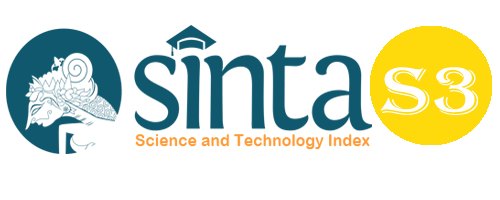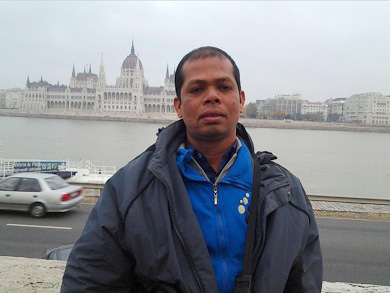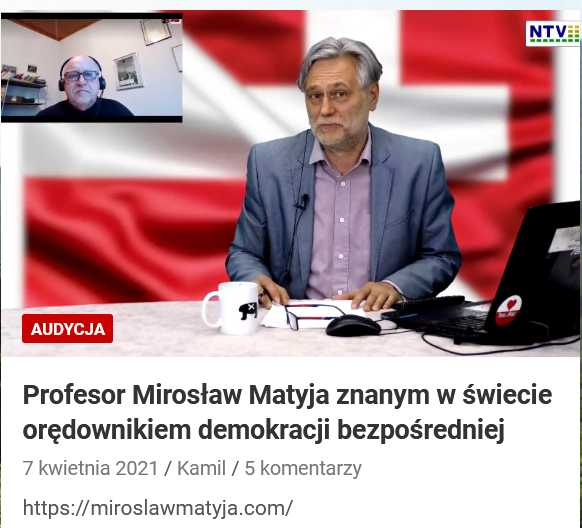The Study of Moccak Tatak Textual in Pakpak Community
Abstract
Tatak Moccak is one of the traditional dances in the Pakpak community which originates from pencak silat or martial arts. Moccak is a term of pencak silat or martial arts which is an element of art that is present in the daily activities of the people. Martial at the beginning of its appearance was closely related to human self-defense against nature. Moccak is adopted from the history of the way of life of the Pakpak people in ancient times who lived in the jungle in a nomadic manner, making humans often encounter wild animals in the forest.This research is an effort to preserve the Tatak Moccak from the Pakpak area through written documentation that discusses in detail the Moccak tatak from a dance point of view. The focus of discussion in this study is the Tatak Moccak in the Pakpak Society analyzed through textual studies. Textual analysis is a method used to obtain and analyze information in academic research. In this case, Moccak's tatak is seen as a text that can be read like a writing. Textual studies in the Moccak style include choreographical, structural, and symbolic studies. Choreography discusses dance movements, movement techniques, movement styles, number of dancers, gender and body posture, space in Moccak's style, time, dance accompaniment music, dramatic analysis, and stage techniques (lighting, make-up, and fashion) . includes the structure of the motion and structure of the presentation of the Moccak layout. Symbolic discusses symbols in movement, costumes, and make-up.
Keywords
Full Text:
PDFReferences
Adlin, D. (2020). Aesthetic Concept - Choreography of Piso Surit Dance in Karo Community. Budapest International Research and Critics in Linguistics and Education (BirLE) Journal. P. 172-182
Hidayat , R. (2005). Wawasan Seni Tari. Artikel. (Diterbitkan). Malang: Jurusan Seni dan Desain Fakultas Sastra Universitas Negeri Malang.
Hadi, Y. Sumandiyo. (2007). Kajian Tari Teks dan Konteks .Yogyakarta : Pustaka Book Publisher.
Jazuli M. (1994). Telaah Teoritis Seni Tari. Semarang: IKIP Semarang Press.
Nugrahaningsih, R. (2020). Manduda Dance in Simalungun Community Dancing Style in a Contextual Perspective. Budapest International Research and Critics in Linguistics and Education (BirLE) Journal. P. 164-171
Martozet and Nurawani. (2020). The Transformation of Karo Traditional Dance Movementin Modern Choreography Form GegehGundala-Gundala. Britain International of Linguistics, Arts andEducation(BIoLAE) Journal. P. 765-775.
Murgiyanto, Sal. (1983). Koreografi Pengetahuan Dasar Komposisi Tari. Jakarta : Departemen Pendidikan dan Kebudayaan
Rahmah, Sitti. (2018). Terminology Gerak Tari Pakpak. Medan:UNIMED Press
Soedarsono. (1978). Tari-tarian Indonesia I. Jakarta: Balai Pustaka.
DOI: https://doi.org/10.33258/birci.v3i4.1373
Article Metrics
Abstract view : 90 timesPDF - 101 times
Refbacks
- There are currently no refbacks.

This work is licensed under a Creative Commons Attribution-ShareAlike 4.0 International License.

This work is licensed under a Creative Commons Attribution-ShareAlike 4.0 International License.

_.gif)

















_.gif)



